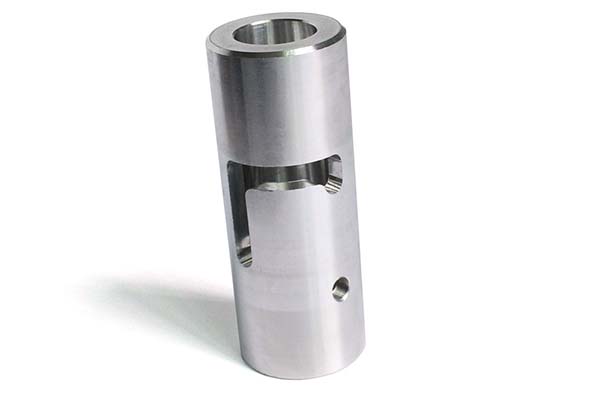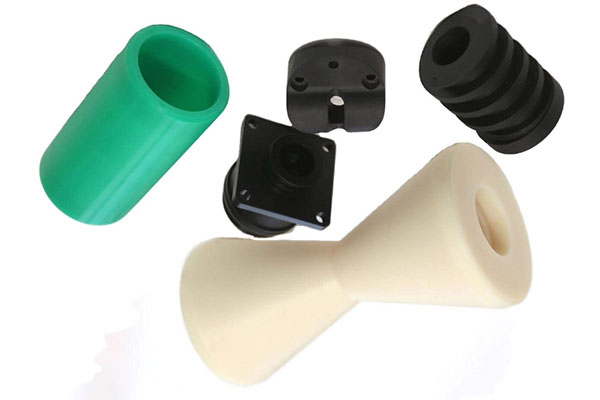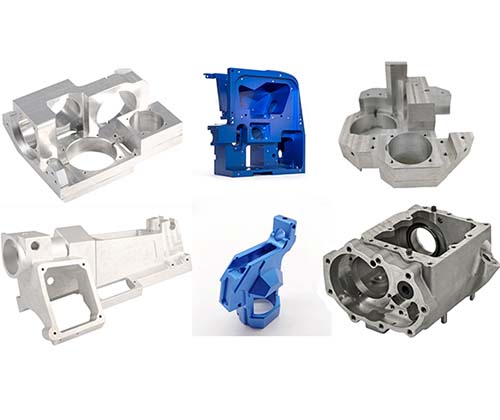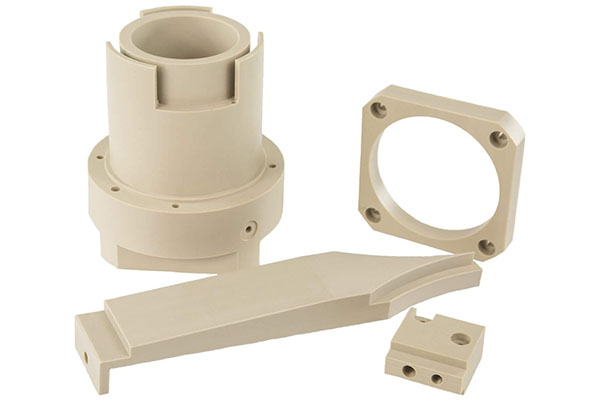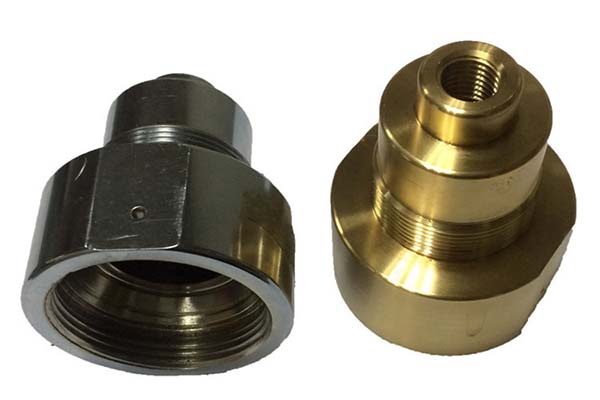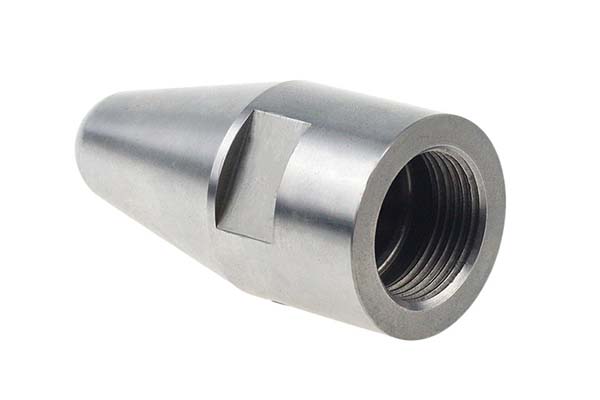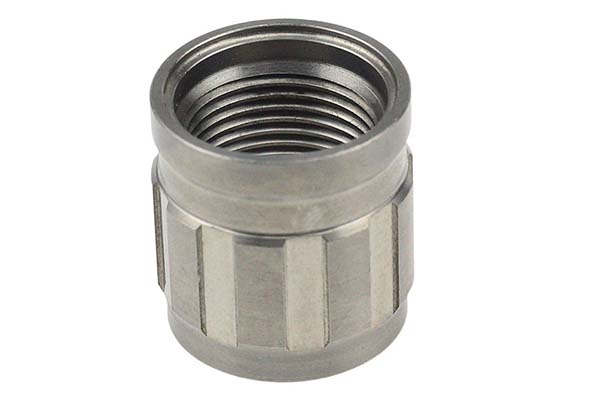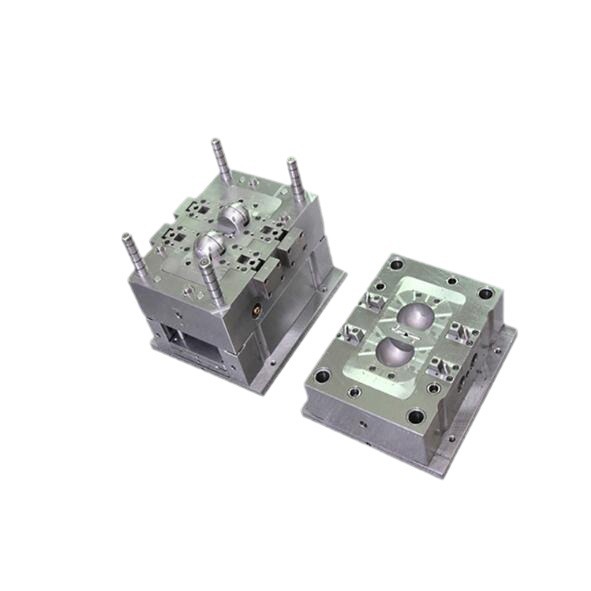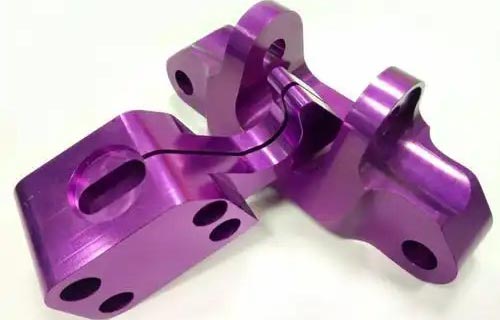Grade 2 (TA2) titanium, a versatile TA2 titanium alloy, is celebrated for its unique blend of corrosion resistance, high ductility, and biocompatibility. These properties make it a staple in industries ranging from aerospace to medical, where it’s used in aerospace fasteners, medical implants, and marine hardware. Yet, machining TA2 poses distinct challenges—from managing its low thermal conductivity to achieving tight tolerances without distortion. This guide breaks down the critical aspects of CNC machining Grade 2 titanium, offering actionable solutions to common pain points.
TA2 Material Properties & Applications
Key Properties of Grade 2 Titanium
Grade 2 titanium stands out for its balanced characteristics. With a tensile strength of 345–550 MPa, it’s stronger than Grade 1 while retaining excellent formability. Its high ductility allows for complex shapes, a boon for intricate components like medical implants. Most notably, its corrosion resistance surpasses many metals, even in harsh environments such as saltwater or chemical processing plants—a trait that makes it ideal for marine hardware.
However, these advantages come with machining challenges. TA2’s low thermal conductivity (approximately 16 W/m·K) traps heat at the cutting zone, accelerating tool wear. Its ductility also leads to stringy chips, which can clog tools and mar surface finishes. A comparison study found that TA2 generates 15% more heat during milling than stainless steel 316, requiring specialized cooling strategies.
Industrial Applications
TA2’s biocompatibility makes it indispensable in medical devices, including bone screws and pacemaker components. In aerospace, its strength-to-weight ratio suits aerospace fasteners and structural parts. Marine engineers rely on its corrosion resistance for valves and piping. Each application demands precision: medical implants often require Ra values below 0.8 μm, while aerospace parts need strict dimensional consistency.
CNC Machining Parameters for TA2
Overcoming Thermal and Chip Challenges
TA2’s low thermal conductivity is a primary pain point. Heat buildup softens cutting tools, leading to premature failure. To combat this, optimized cutting speeds and feed rates are critical. For milling, cutting speeds of 80–120 m/min work best, paired with feed rates of 0.1–0.2 mm/rev. These parameters balance material removal with heat dispersion, reducing tool wear by up to 30% compared to higher speeds, according to industry tests.
Chip control is another hurdle. TA2’s ductility produces long, 缠绕的切屑 that can damage surfaces or jam machinery. Using a titanium machining chart tailored to TA2 helps: trochoidal paths, for example, break chips into manageable pieces. Additionally, coolant selection is vital—high-pressure flood coolants (30–50 bar) flush chips away and dissipate heat, preventing re-cutting and work hardening.
Parameter Optimization Table
| Operation | Cutting Speed (m/min) | Feed Rate (mm/rev) | Coolant Type |
| Milling | 80–120 | 0.1–0.2 | High-pressure flood |
| Turning | 60–100 | 0.15–0.3 | Through-tool coolant |
| Drilling | 50–80 | 0.1–0.15 | Mist coolant |
Tooling & Cutting Inserts for TA2
Selecting the Right Tools
Carbide end mills are the workhorses of TA2 machining. Their hardness (up to 90 HRC) resists heat better than HSS tools. Micro-grain carbide varieties, with grain sizes under 1 μm, offer superior edge retention—extending tool life by 40% in TA2 applications.
PVD-coated inserts further enhance performance. TiAlN coating, a popular choice, reduces friction and withstands temperatures up to 800°C. Tests show that TiAlN-coated tools last twice as long as uncoated carbide when machining TA2. Variable helix designs minimize chatter by disrupting harmonic vibrations, while high-feed geometry increases material removal rates without excessive heat.
Maximizing Tool Life
To avoid premature wear, tools must be sharp and properly maintained. A dull edge increases cutting forces, exacerbating work hardening. Tool life can be extended by 25% by using high-feed geometry inserts, which reduce engagement time with the workpiece. Regular inspections—checking for flank wear or coating degradation—prevent catastrophic tool failure mid-operation.
Workholding & Fixturing Solutions
Preventing Distortion and Vibration
TA2’s ductility makes it prone to distortion under excessive clamping force. Low-vise clamping (50–100 N) avoids bending thin-walled parts, while vacuum fixtures distribute pressure evenly across large surfaces. For small components, minimum clamping force paired with soft jaws (made of aluminum or brass) prevents marring.
Vibration damping is equally critical. TA2’s low stiffness can amplify vibrations during high-speed machining, leading to poor surface finishes. Fixture rigidity is achieved through heavy-duty steel bases and reinforced supports. A case study found that using vibration-damping fixtures reduced surface roughness by 20% in TA2 turning operations.
Fixture Design Tips
- Use distortion prevention features like locators to secure parts without over-tightening.
- Opt for modular fixtures to adapt to varying part sizes, reducing setup time.
- Integrate coolant channels into fixtures to enhance chip evacuation.
Surface Finish & Post-Machining Treatments
Achieving Precision Finishes
Ra surface roughness requirements for TA2 vary by industry: aerospace parts often demand Ra < 1.6 μm, while medical implants need Ra < 0.4 μm. Machining with sharp tools and optimized feeds (0.1 mm/rev) lays the groundwork, but post-treatments refine the surface.
Electropolishing is ideal for medical parts, reducing Ra by 50–70% and enhancing corrosion resistance. Passivation—a chemical treatment—forms a protective oxide layer, critical for marine applications. For rougher finishes, blast finishing with aluminum oxide media creates a uniform texture.
Heat Treatments for Integrity
Stress-relief annealing (at 480–595°C for 1–2 hours) minimizes residual stresses from machining, preventing warping in service. This step is vital for aerospace components, where dimensional stability is non-negotiable. Microstructure integrity checks via microscopy ensure treatments don’t compromise mechanical properties.
Cost Optimization & Cycle-Time Reduction
Strategies to Boost Efficiency
High-volume production of TA2 parts demands cost optimization. High-speed machining (HSM) with trochoidal milling reduces cycle times by 30%—the circular toolpaths minimize tool engagement, allowing faster feeds. Tool change minimization via preset tool libraries cuts downtime; one manufacturer reported a 25% productivity gain by grouping similar operations.
Batch size planning also plays a role. Running 50–100 parts per batch balances setup costs with efficiency. For larger runs, lights-out production (automated machining overnight) leverages consistent TA2 machinability to reduce labor costs. A ROI analysis for a medical parts manufacturer showed that HSM and automation yielded a 15% cost reduction per part within six months.
Yigu Technology's Perspective
At Yigu Technology, we specialize in precision machining of Grade 2 titanium for critical applications. Our approach combines advanced tooling—like TiAlN-coatedcarbide end mills—with optimized parameters to tackle TA2’s challenges. We prioritize fixture rigidity and vibration damping to ensure tight tolerances, and our post-treatment processes (from passivation to electropolishing) meet the strictest industry standards. Whether producing aerospace fasteners or medical implants, we focus on efficiency without compromising quality, helping clients reduce cycle times while achieving superior results.
FAQs
Q1: What makes TA2 harder to machine than stainless steel?
A1: TA2’s low thermal conductivity traps heat at the cutting zone, accelerating tool wear. Its high ductility also causes stringy chips, which complicate chip evacuation—unlike stainless steel, which produces more manageable chips.
Q2: Which coolant works best for TA2 machining?
A2: High-pressure flood coolant (30–50 bar) is most effective. It flushes chips, cools the cutting zone, and reduces tool wear better than mist or minimum quantity lubrication (MQL) for heavy-duty operations.
Q3: How can I reduce distortion in thin TA2 parts?
A3: Use low-vise clamping or vacuum fixtures to distribute pressure evenly. Pair this with stress-relief annealing post-machining to minimize residual stresses and prevent warping.
